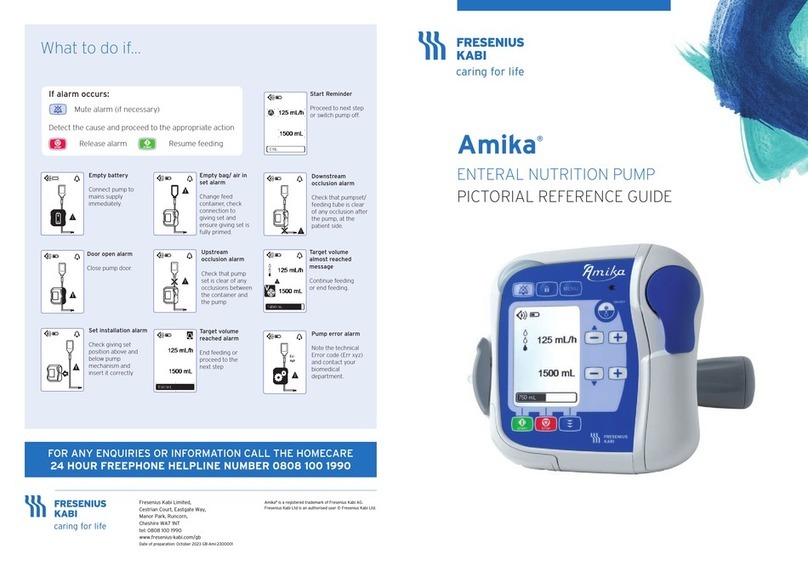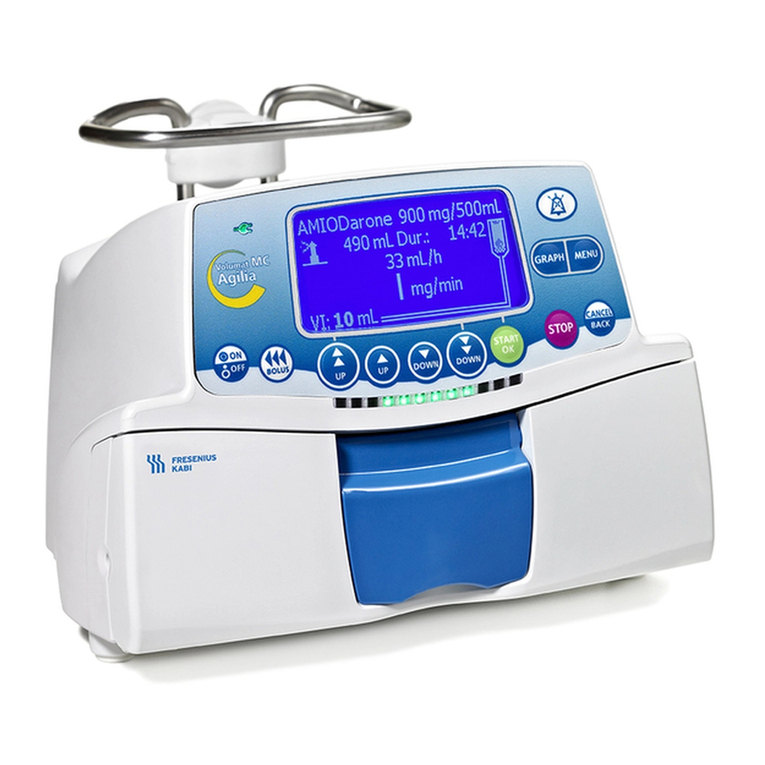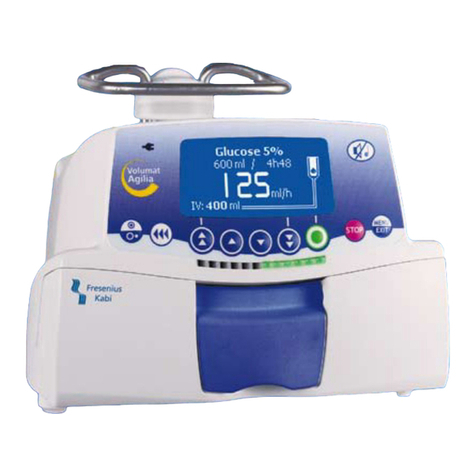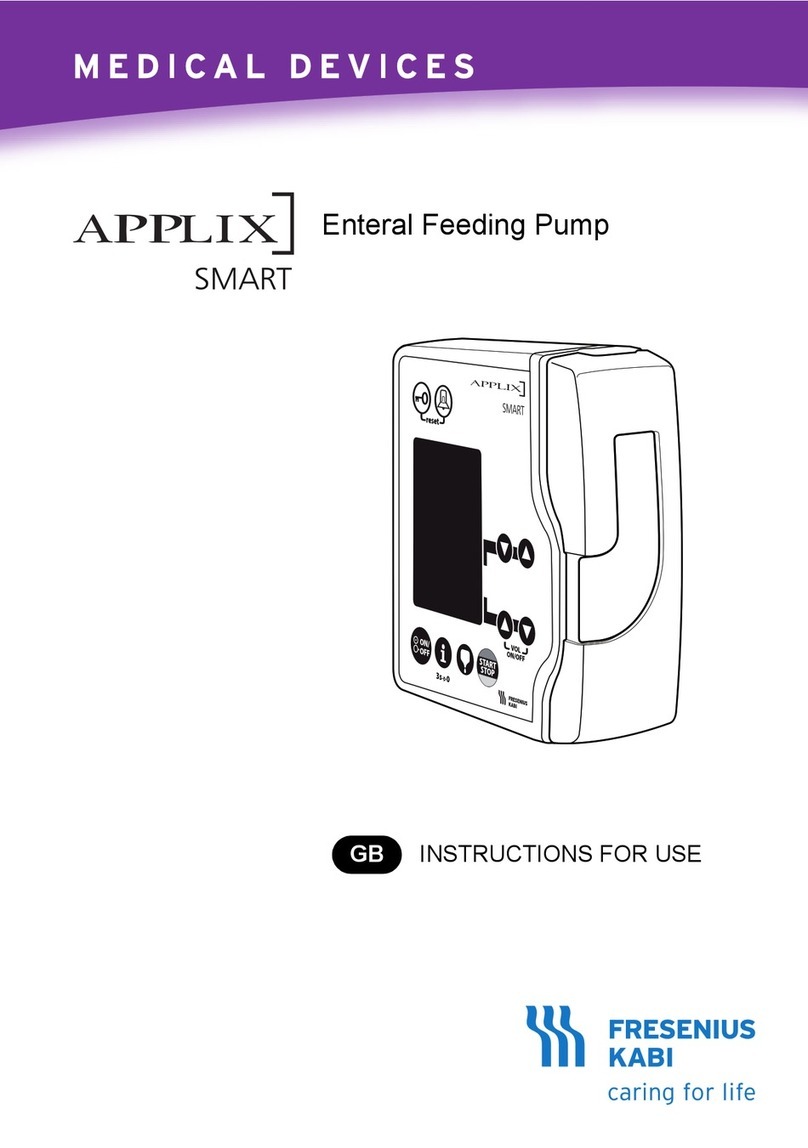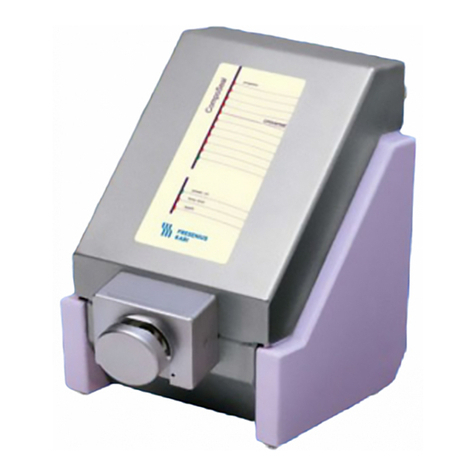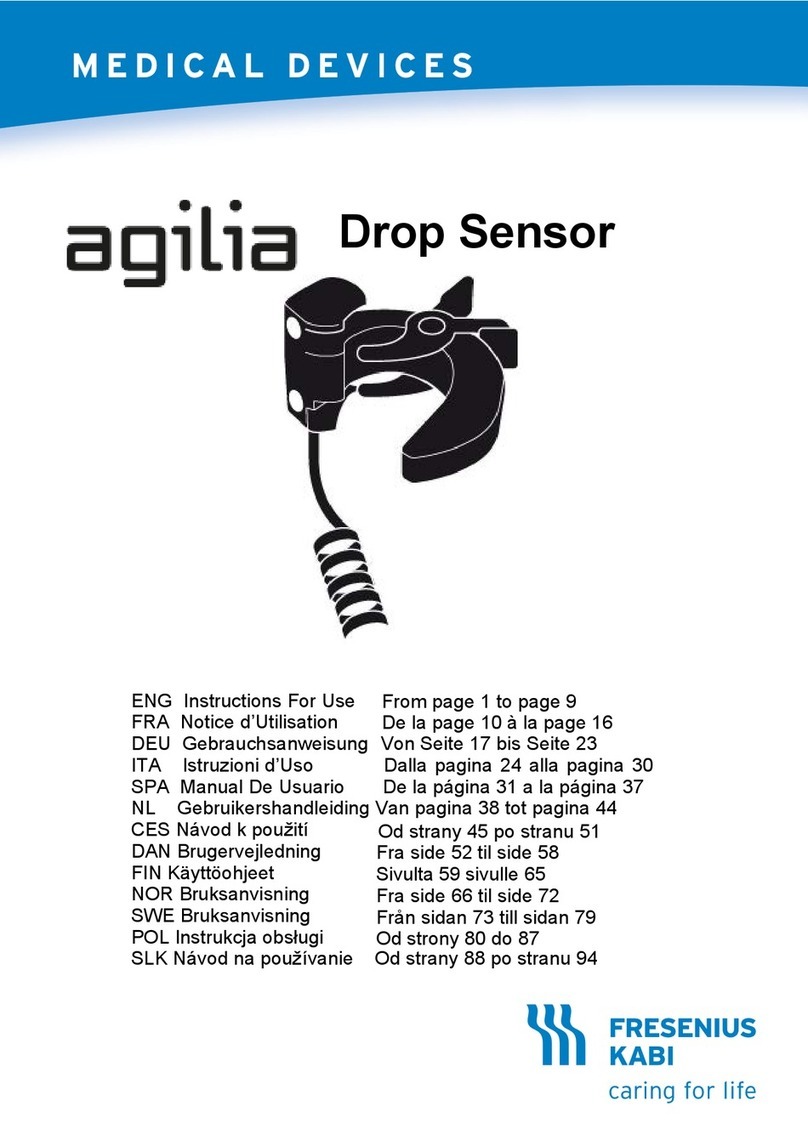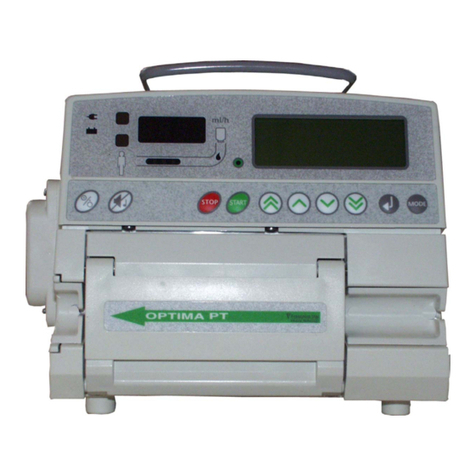
4
4 INSTALLATION 23
4.1 TYPES OF INSTALLATIONS .....................................................................23
4.2 USING THE ROTATING POLE CLAMP.......................................................24
4.3 ATTACHING THE PUMP(S) ......................................................................25
4.3.1 Attaching to a Pole ............................................................................. 25
4.3.2 Attaching to a Rail .............................................................................. 25
4.3.3 Using on a Flat Table ......................................................................... 26
4.3.4 Attaching Two Pumps Together......................................................... 26
5 GETTING STARTED 27
5.1 FLOWCHART .........................................................................................27
5.2 USING THE PUMP FOR THE FIRST TIME ..................................................28
5.3 POWERING ON ......................................................................................28
5.4 INSTALLING ASYRINGE..........................................................................30
5.5 PUMP HEIGHT.......................................................................................31
6 OPERATION 32
6.1 FLOWCHART .........................................................................................32
6.2 SELECTING APROFILE ..........................................................................33
6.3 SELECTING ASYRINGE ..........................................................................33
6.4 SELECTING ADRUG ..............................................................................34
6.5 PROGRAMMING AN INFUSION .................................................................35
6.5.1 Programming an Infusion by Flow Rate ............................................. 35
6.5.2 Programming an Infusion by Dose Rate ............................................ 35
6.5.3 Programming Beyond Soft Limits....................................................... 39
6.6 STARTING AN INFUSION .........................................................................41
6.7 MONITORING AN INFUSION.....................................................................42
6.8 FUNCTIONS DURING INFUSION ...............................................................44
6.8.1 Stop .................................................................................................... 44
6.8.2 Rate Titration...................................................................................... 44
6.8.3 Administering a Bolus......................................................................... 44
6.9 COMPLETING AN INFUSION ....................................................................47
6.9.1 Near End of Infusion Alert ............................................................. 47
6.9.2 End of Infusion ................................................................................... 48
6.9.3 Powering off ....................................................................................... 48
6.10 INFUSION MODES ..................................................................................48
6.10.1 Simple Rate........................................................................................ 48

